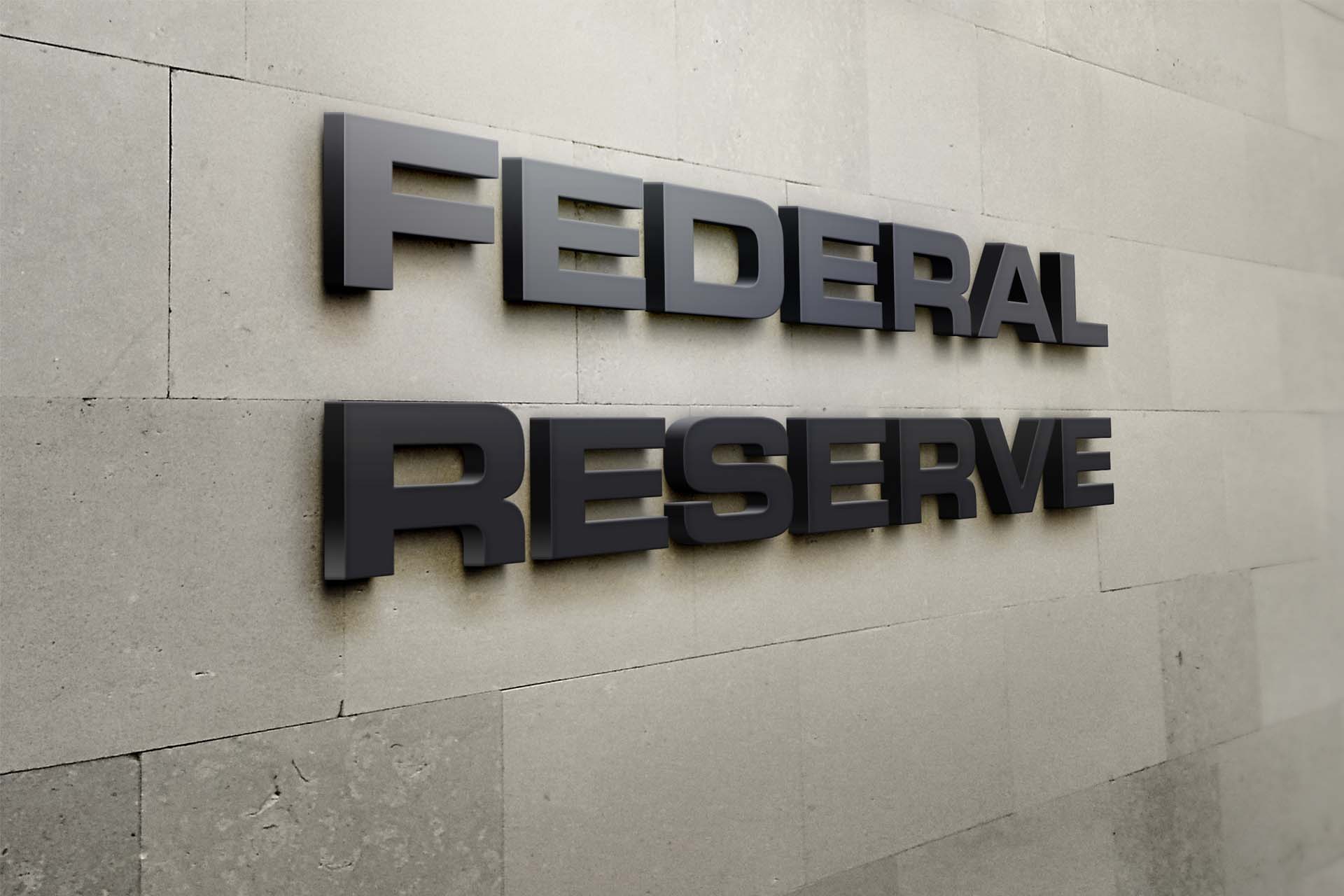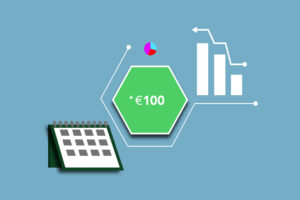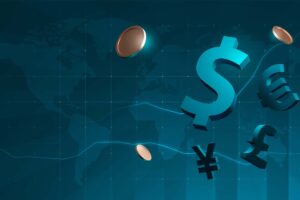
The Federal Reserve is expected to raise interest rates Wednesday by a quarter point, but it also faces the tough task of reassuring markets it can stem a worse banking crisis.
Economists mostly expect the Fed will increase its fed funds target rate range to 4.75% to 5% on Wednesday afternoon, though some expect the central bank could pause its hiking due to concerns about the banking system. Futures markets were pricing in a roughly 80% chance for a rate rise, as of Tuesday morning.
The central bank is contemplating using its interest rate tools at the same time it is trying to soothe markets and stop further bank runs. The fear is that rising rates could put further pressure on banking institutions and crimp lending further, hurting small businesses and other borrowers.
“The broader macro data shows some further tightening is warranted,” said Michael Gapen, chief U.S. economist at Bank of America. He said the Fed will have to explain its double-barreled policy. “You have to show you can walk and chew gum at the same time, using your lender-of-last-resort powers to quell any fears about deposit flights at medium-sized banks.”
This past weekend, Swiss banking giants UBS and Credit Suisse merged in an emergency combination aimed at shoring up the European banking system. This Fed again issued a Sunday evening statement this time on global swap lines to ensure dollar liquidity remains abundant worldwide.
Still, as of Tuesday morning, data from the CME Group showed investors placing an 85% chance on the Fed raising rates by 25 basis points on Wednesday.
“If they stop and reverse rate hikes, that could cause markets to believe they’re not fighting inflation when inflation is still a problem, giving you higher mortgage rates and funding costs for corporations and just a tighter vice on the economy,” Stith said.
After a year fighting one problem (inflation) with one tool (higher interest rates), the Fed has had to firefight a whole new challenge in just the last 10 days.
In addition to announcing its latest interest rate decision, the Fed will also reveal its new Summary of Economic Projections (SEP) on Wednesday, which include officials’ forecasts for interest rates, inflation, unemployment, and economic growth over the balance of this year and the next two, as well as longer-run expectations.
Chair Jerome Powell will acknowledge the uncertainty and stress the Fed’s willingness to adjust policy if the situation in the banking sector worsens, that doesn’t necessarily mean that the new Summary of Economic Projections won’t still show further hikes to come,” said Andrew Hunter, an economist at Capital Economics.
In December, the Fed’s SEP suggested rates would peak in a range of 5%-5.25% during this rate hiking cycle. Powell’s testimony earlier this month suggested this outlook is what would need altering from the central bank.
On March 14, the February consumer price index showed consumer prices excluding food and energy — or so-called “core” inflation — rose 0.5% over the prior month in February, a modest acceleration from the 0.4% gain logged over each of two prior months. On March 10, the February jobs report showed some 311,000 jobs were created last month after more than 500,000 jobs were added to the economy in January.


